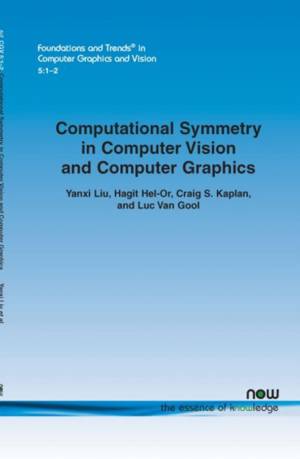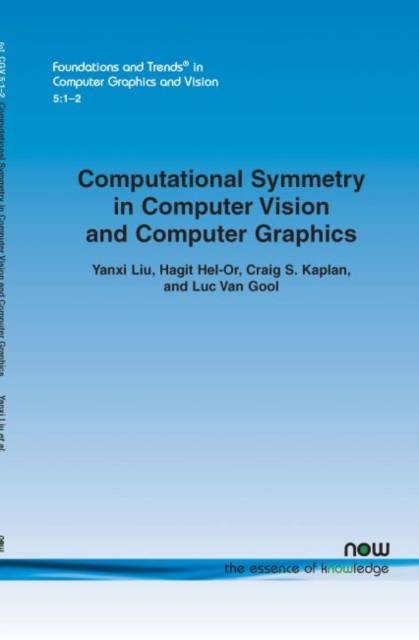
- Afhalen na 1 uur in een winkel met voorraad
- Gratis thuislevering in België vanaf € 30
- Ruim aanbod met 7 miljoen producten
- Afhalen na 1 uur in een winkel met voorraad
- Gratis thuislevering in België vanaf € 30
- Ruim aanbod met 7 miljoen producten
Zoeken
Computational Symmetry in Computer Vision and Computer Graphics
Yanxi Liu, Hagit Hel-Or, Craig S Kaplan, Luc Van Gool
€ 115,95
+ 231 punten
Omschrijving
In the arts and sciences, as well as in our daily lives, symmetry has made a profound and lasting impact. Likewise, a computational treatment of symmetry and group theory (the ultimate mathematical formalization of symmetry) has the potential to play an important role in computational sciences. Though the term Computational Symmetry was formally defined a decade ago by the first author, referring to algorithmic treatment of symmetries, seeking symmetry from digital data has been attempted for over four decades. Computational symmetry on real world data turns out to be challenging enough that, after decades of effort, a fully automated symmetry-savvy system remains elusive for real world applications. The recent resurging interests in computational symmetry for computer vision and computer graphics applications have shown promising results. Recognizing the fundamental relevance and potential power that computational symmetry affords, we offer this survey to the computer vision and computer graphics communities. This survey provides a succinct summary of the relevant mathematical theory, a historic perspective of some important symmetry-related ideas, a partial yet timely report on the state of the arts symmetry detection algorithms along with its first quantitative benchmark, a diverse set of real world applications, suggestions for future directions and a comprehensive reference list.
Specificaties
Betrokkenen
- Auteur(s):
- Uitgeverij:
Inhoud
- Aantal bladzijden:
- 210
- Taal:
- Engels
- Reeks:
- Reeksnummer:
- nr. 16
Eigenschappen
- Productcode (EAN):
- 9781601983640
- Verschijningsdatum:
- 4/08/2010
- Uitvoering:
- Paperback
- Formaat:
- Trade paperback (VS)
- Afmetingen:
- 156 mm x 234 mm
- Gewicht:
- 299 g

Alleen bij Standaard Boekhandel
+ 231 punten op je klantenkaart van Standaard Boekhandel
Beoordelingen
We publiceren alleen reviews die voldoen aan de voorwaarden voor reviews. Bekijk onze voorwaarden voor reviews.











